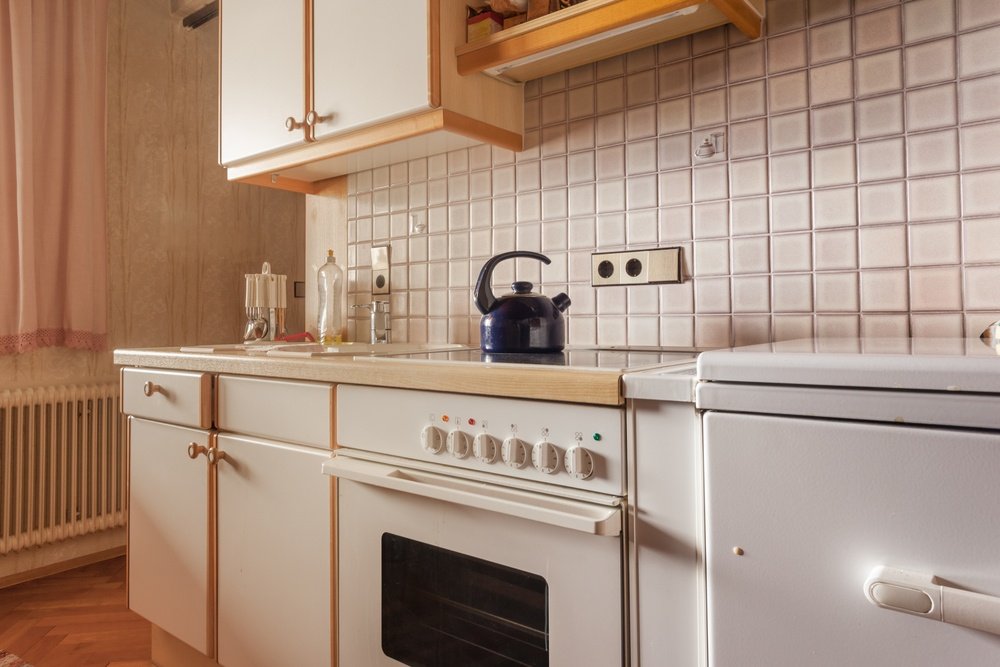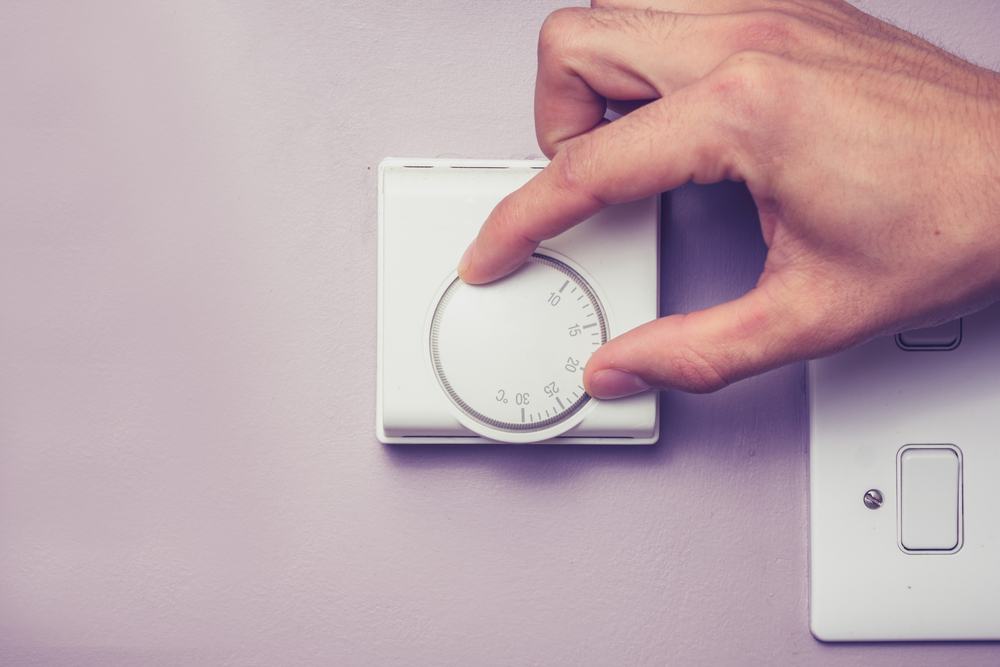How to Save on Electric Bill on Older Homes

Older homes often consume much more power than newer buildings, which can drive up monthly utility bills and cause headaches for owners and tenants. Take the story of Reiner Hoyer—a Toronto homeowner whose 1950s-style bungalow was costing around $3600 per year in utility bills. After doing some renovations, however, Hoyer’s yearly bill went down to just $1200—despite the fact that the work had actually made his home considerably larger.
The message here is clear: if you want to save on your electric bill, make your home as energy efficient as possible. There are a few ways to approach this, from minor renovations and infrastructure adjustments to your choice of appliances and the ways in which you use them.
Where to Start: What You Should Know About Older Homes
According to The Guardian, energy saving solutions meant for new buildings may not be suitable for older ones, which often have breathable solid walls and leaky windows. Because of this, certain modern approaches to energy saving—like insulation—have to be adjusted for older buildings, or even avoided entirely.
Putting insulation on top of stone or brick can actually exacerbate problems with damp, causing damage to the original building materials and weakening the entire structure. Instead, consider installing shutters or heavy curtains on your windows to control the natural ventilation caused by porous old materials and reduce draughts.
Use Technology Effectively
Energy efficiency in a home depends on more than just the materials from which it’s made. You’ll also want to be extra picky about the tech you purchase, and the way you use your appliances.

Look for energy efficient thermostats and other products that can help to make your home much more economical in the long run. Try searching for products that carry the Energy Star seal. Energy Star is an EPA program designed to identify energy efficient appliances, and has helped customers save over $362 billion on utility bills since it was introduced in 1992. Replacing a couple old appliances with these products (even bigger ones like fridges or ovens) can be much cheaper than doing a complete overhaul of your windows and walls.
Be Selective
The most important piece of advice for keeping electric bills down in older homes may also be one of the most obvious: keep the lights off when you’re not around, and reserve things like heating for the rooms that you’re occupying.
Space heaters and split system air conditioners may be much more cost-effective than using a central heating or cooling system, since central systems will affect each room indiscriminately.
Bottom line: if your home leaks air, you only want to be paying for the rooms you’re using. There’s no point heating or air conditioning every room in a leaky house at once—you might as well be sending that air out all over the neighbourhood.
Owning an older home doesn’t necessarily mean paying insane electric bills. As long as you’re smart about the upgrades you make to the architecture, careful with the technology and appliances you use, and discerning about how you heat or cool the various rooms in your home, it’s easy to keep costs down while still enjoying the luxury and class of an older home.


